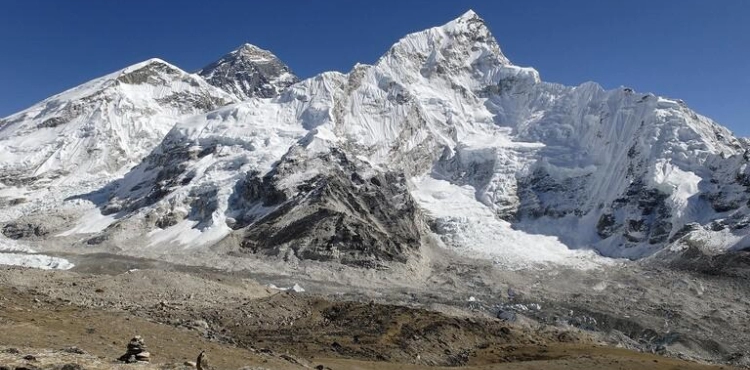Scientists from the University of Exeter discovered that the area covered by grass in the Himalayas, especially at the summit of Everest, began to expand, even in areas that are not always covered by snow.
According to Phys.org, the researchers studied the spread of herbaceous plants and young shrubs, and analyzed satellite images from 1993-2018, and it became clear to them that four peaks (from 4150 meters to 6000 meters) above the sea surface increased the spread of plants, especially at a height 5000-5500 meters.
Scientists have compared this data to theoretical models, according to which very low temperature areas are shrinking due to global warming.
The results of this study show that the snow loss process accelerated a lot in the years 2000-2016, accompanied by the expansion of subsystems (regions with unstable snow cover), and it is not known exactly how the growth of plants affects the water balance, as the sub-regions of Himalaya feed 10 large rivers in Asia.












